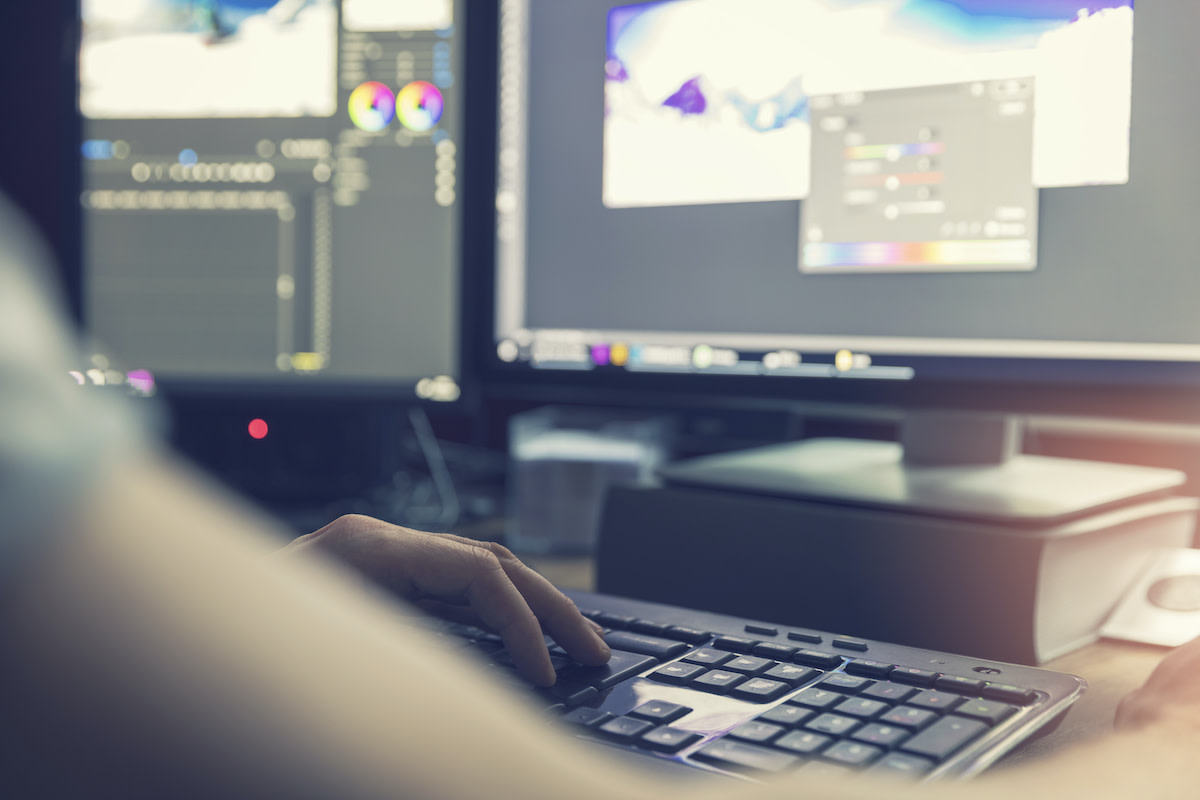Parallel Editing Explained: How Parallel Editing Works in Film
Written by MasterClass
Last updated: Sep 28, 2021 • 2 min read
Parallel editing is a filmmaking technique used to add suspense, speed, and contrast to a film.
Learn From the Best
What Is Parallel Editing?
Parallel editing is a video editing technique used in post-production in which separate scenarios are intercut together to present a storyline from multiple perspectives. It is often used as a storytelling device to show the audience two or more different scenarios taking place simultaneously but in different locations, creating a parallel storyline.
What Does Parallel Editing Convey?
Parallel editing is an effective film editing technique for a variety of reasons.
- Suspense: Cutting in and out of scenes builds suspense by momentarily leaving questions unanswered about how the scenes are connected and how they will intersect. Parallel editing can also misdirect audiences to build suspense. A good example of parallel editing comes from the 1991 Jonathan Demme film, The Silence of the Lambs. The movie contains a scene in which FBI agents surround a building while a serial killer inside dialogues with a victim. Parallel editing leads the audience to believe that the agents are on the cusp of taking down the villain, only to reveal that the antagonist is actually in a different location.
- Speed: You can speed up the pacing of a slow scene by intercutting it with a more action-packed scene. This creates a sequence that is dramatic and drives the film forward. A good example of this use of parallel editing comes from Francis Ford Coppola's 1972 film, The Godfather. While the film's protagonist, Michael Corleone, attends the baptism of his nephew, a string of murders is carried out at his behest. The violent murders juxtaposed by the religious ceremony adds an intensity to the film that would otherwise not have been possible without parallel editing. A parallel edit that involves a split-screen can also literally speed up the action by showing twice as much information in half the time it would’ve taken to show each scene separately.
- Juxtaposition: Parallel editing is often used to present contrasting points of view. One of the first films to employ parallel editing in this way is A Corner in Wheat, the 1909 short film by D.W. Griffith. In this film, parallel editing is used to contrast scenes of wealthy businessmen with people waiting in line for bread. Parallel editing can also convey juxtaposition through cinematography—such as close-ups intercut by long shots, for example.
Crosscutting vs. Parallel Editing: What’s the Difference?
Crosscutting and parallel editing may be similar, but they are not synonyms. Crosscutting is a general term for any time a scene is intercut with another, while parallel editing refers to instances where two or more shots are depicting parallel actions happening simultaneously. A film editor using crosscutting may intercut multiple scenes happening at different times, whereas parallel editing typically intercuts two different scenes from two separate locations that are happening at the same time.
An example of parallel editing comes from Christopher Nolan's 2010 film Inception. The film uses parallel editing to show four separate scenes that are taking place in four different locations all at the same time. Parallel editing allows the four scenes to play out as parallel actions rather than completely separate scenes.
Want to Learn More About Film?
Become a better filmmaker with the MasterClass Annual Membership. Gain access to exclusive video lessons taught by the world’s best, including Ron Howard, Ken Burns, Spike Lee, David Lynch, Shonda Rhimes, Martin Scorsese, James Cameron, and more.
